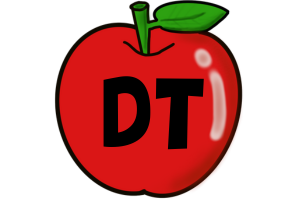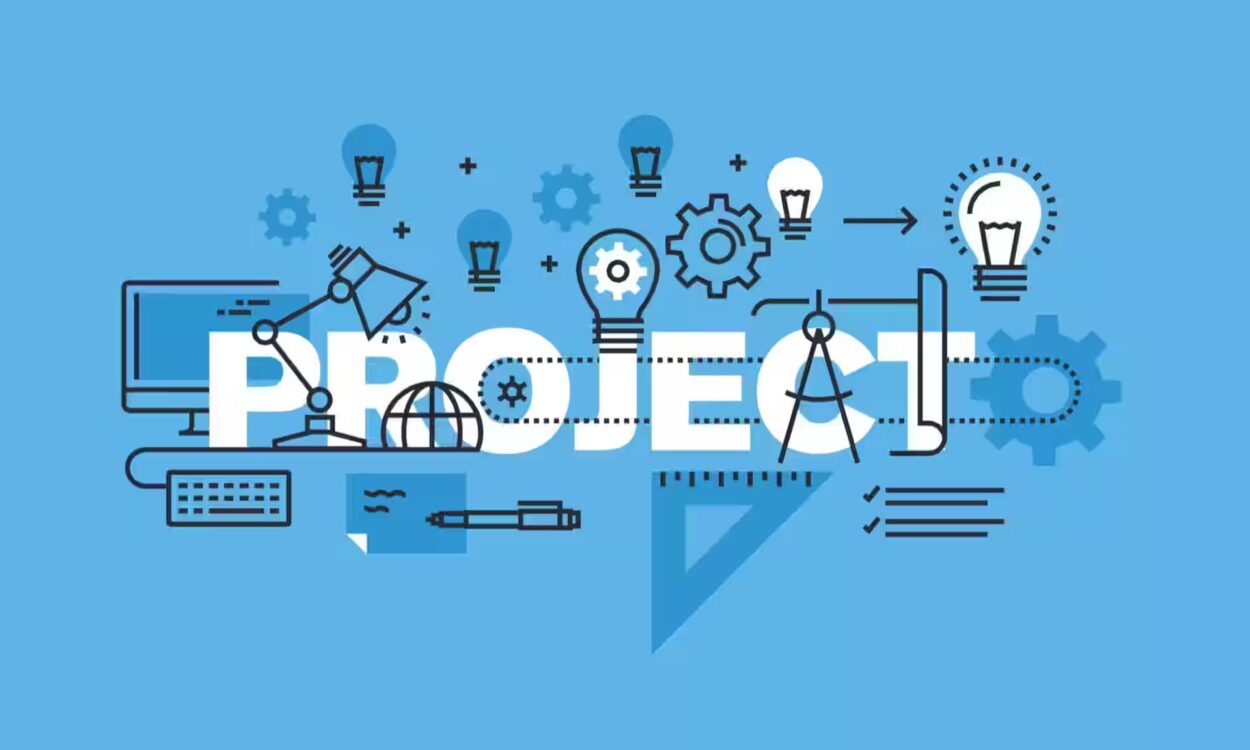Most colleges try their best to instill knowledge, but many learners notice a gap: personal portfolios often look like they were generated from the same bland template.
A more strategic approach involves projects that add tangible value, highlight problem-solving skills, and—just maybe—excite potential employers.
Today, I will share a few suggestions to help you spark new ideas or at least provoke a wry smile. Let’s get right into it.
1. Social Impact Tech Initiative

Forward-thinking students often recognize that purely theoretical work can be soul-crushing. Introducing real-world significance elevates a project from forgettable coursework to an impressive conversation starter.
Mental Health Support Platform
- An app granting easy access to guided meditation audio, professional contacts, and quick screening tools.
- Additional features: daily challenges, motivational quotes, or a friendly chatbot that gently nags users to maintain emotional well-being.
Food Redistribution Network
- Connects restaurants, supermarkets, and shelters, ensuring surplus food reaches community organizations.
- Encourages volunteer drivers to collect and deliver items on short notice, perhaps even scoring them free cookies along the way.
Skill-Building Workshops
- Physical or virtual sessions for coding basics, language lessons, or resume preparation.
- Partnerships with local nonprofits that see the value in bridging educational gaps.
To effectively promote your social impact tech initiative, consider creating a compelling commercial; Tots Family offers valuable insights on how to create one.
2. Sustainable E-Commerce Platform

Consumers love to brag about going green. A specialized marketplace showcasing earth-friendly products can capitalize on that trend and highlight entrepreneurial drive.
Products with Eco Credentials
- Recycled paper items, energy-efficient devices, or low-plastic packaging solutions.
- Charts or graphs that outline each product’s carbon footprint, making it painfully clear how resource-hungry that “green” gadget truly is.
Interactive Dashboards
- Item-specific details that evaluate environmental impact across supply chains.
- Real-time counters showing cumulative reduction in waste or emissions thanks to conscientious buyers.
Gamification
- Points or badges for shoppers who meet monthly green goals, fueling mild competitiveness among the socially conscious.
3. Natural Language Processing Chatbot
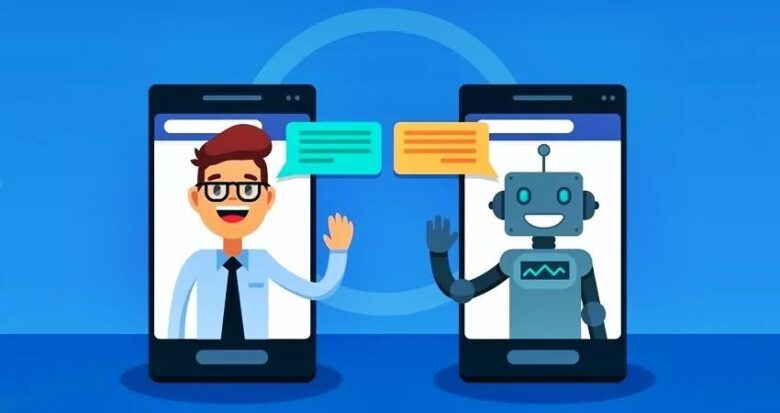
Robots that attempt witty comebacks might enthrall some and irritate others. Nevertheless, an NLP chatbot merges AI, machine learning, and good old software engineering into one alluring package.
Possible Directions
- Train the bot to handle standard customer service tasks, from placing orders to answering trivial FAQs, freeing up humans for the more “complex” challenges that typically involve coffee refills.
- Incorporate sentiment analysis, prompting more empathetic or comedic responses. (Many chatbots require a bit of humor in dire situations.)
- Continuously refine language models to reduce embarrassing misinterpretations, thus preventing a wave of user complaints.
4. Augmented Reality (AR) Educational Tools
Traditional lectures can become downright dull. AR might breathe life into static textbooks and overhead slides that have roamed campuses for decades.
Interactive Lab Exercises
Students wear headsets or point their phones at lab stations, revealing step-by-step processes with 3D overlays. No more confusion about that half-melted piece of equipment in the corner.
Historical Reconstructions
Bring ancient civilizations into the modern classroom. Imagine Cleopatra strolling through a shared AR environment, or a medieval castle appearing in the middle of campus green space.
Digital Field Trips
Show scenic vistas or complex machinery in detail—minus the transportation costs and potential injuries that real field trips sometimes entail.
5. IoT-Based Smart Home Setup
Ever dream about turning off the lights with a voice command while lying on the couch? That scenario has become clichéd, but it still impresses older relatives.
Key Components
- Sensors Galore: Temperature readers, motion detectors, cameras, and more, all reporting live data to a central hub.
- Energy Optimization: Smart lighting and thermostats that claim to reduce bills and carbon footprints, though the actual cost might be overshadowed by your brand-new gadgets.
- Security Integration: Real-time notifications on your phone if suspicious activity occurs. Great for anxious types who enjoy constant vigilance.
6. AI-Driven Resume Composer
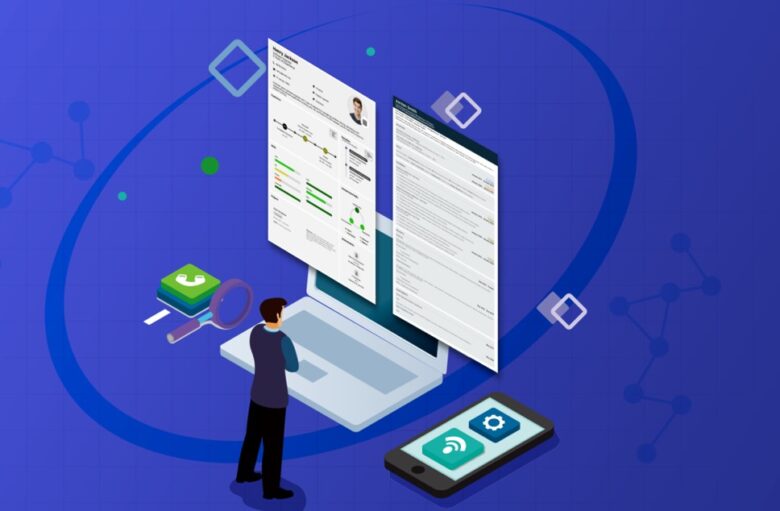
Few tasks produce existential dread like staring at a blank resume template. Why not let an algorithm transform fragmented credentials into a polished work of art?
Automated Language Tailoring
- System matches experiences to job descriptions, weaving in relevant keywords that might impress automated filters.
- Warnings if text becomes repetitive or if certain fields are incomplete.
Format Suggestions
- Crisp layouts designed for finance, tech, nonprofit, or engineering roles.
- Eye-catching color schemes—just subtle enough to pass a hiring manager’s conservative tastes.
Personal Branding Hints
- Advice about personal statements, skill endorsements, or social media integration.
- Possibly a gentle push to fix cringe-worthy email addresses from high school.
7. Efficient Campus Wayfinding Platform
A labyrinthine campus can devour hours of a busy student’s life, particularly if visitors ignore the tiny campus map posted at the entrance. A platform that calculates routes and provides real-time data might save a lot of stress.
- GPS for Outdoor Spaces: Quick identification of the fastest paths to, say, the library or the nearest vending machine with energy drinks.
- Indoor Positioning: Sensors or Wi-Fi-based triangulation that shows users how to get to the professor’s office on the third floor of some obscure building.
Extra Utilities
- Notices on upcoming events: club meetings, seminars, or questionable-themed parties.
- Emergency broadcast messages and safety tips when storms or other disasters arise.
8. Blockchain for Credential Verification

Some folks view blockchain as the ultimate solution to any data management crisis. Others question if it’s merely hype. Regardless, a decentralized ledger can come in handy for verifying academic records.
Immutable Entries
- Each certificate is hashed and stored, preventing unscrupulous tampering.
- Decentralized hosting that reduces reliance on a single point of failure.
Easy Employer Checks
- Automated verification that displays an authentic record of one’s academic achievements.
- Fewer phone calls to busy university registrars who might prefer to remain undisturbed.
Broader Applications
- Could expand to professional licenses, industry certifications, or continuing education credits.
- Potential for cross-institution collaboration, since nobody likes the extra overhead of manual checks.
It’s often wise to demonstrate mastery of newfangled technology, even if certain professors might question the platform’s necessity.
9. Smart Waste Management
Trash disposal rarely wins popularity contests, yet it’s a universal concern. A data-driven approach might streamline processes and reduce overall waste.
- Sensor-Equipped Bins: Constant monitoring of fill levels and possibly odor or temperature data, for good measure.
- Route Optimization: Algorithms that calculate the most efficient course for waste collection trucks. Because apparently gas is expensive.
- Data Analytics: Statistics on recycling habits that might inform campus or local government policy.
- Eco Education: In-app tips for responsible disposal and suggestions on reusables. Could be integrated with local green initiatives.
10. Remote Health Monitoring System
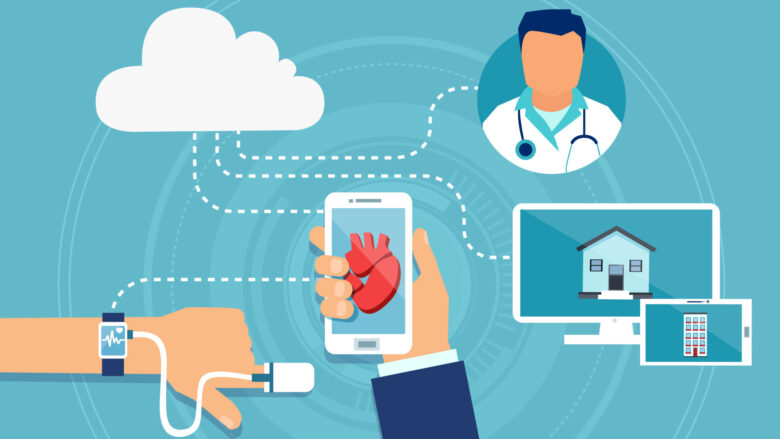
Struggling to book a doctor’s appointment can be a chore. An electronic health monitoring framework offers convenience, especially in remote or rural areas.
Typical Features
- Wearable Integration: Heart rate, blood pressure, or glucose metrics transmitted directly to healthcare providers, hopefully cutting out guesswork.
- Automated Alerts: Notifications sent to medical staff if results deviate from patient-specific norms.
- Streamlined Data Access: Potential link with existing electronic record systems, so doctors can identify patterns or note issues early.
11. Assistive Devices for Those Facing Physical Challenges
Students often view advanced technology as a means for personal convenience (looking at you, robot vacuums). A project that addresses real needs, however, can be deeply rewarding.
- Adaptive Wheelchair Controls: Eye-tracking or voice-command modules that enable individuals with limited mobility to get around without relying on manual joystick inputs.
- Smart Home Accessibility: Systems that close curtains, switch on lights, or adjust thermostats through verbal requests or simple gestures.
- Daily Task Applications: Tools for scheduling, medication reminders, or communication aids that incorporate specialized interfaces.
12. Personalized Fitness and Nutrition App
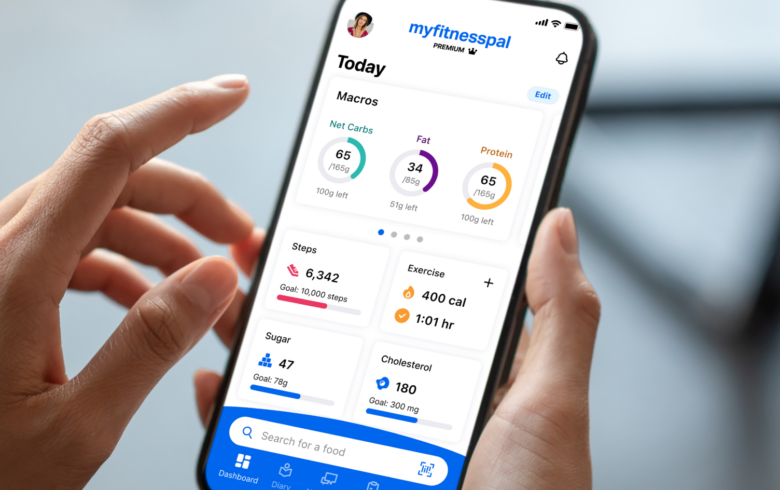
A health kick can become a labyrinth of contradictory advice. A customized app that nudges folks toward realistic goals might be less stressful than sifting through endless workout programs on the internet.
Consideration Points
- Tailored Exercise Routines: Machine learning can factor in user height, weight, and medical history to produce safe workout plans that hopefully minimize injuries.
- Meal Recommendations: Grocery lists that accommodate specific diets (vegan, keto, or that old “see-food” diet).
- Gamified Challenges: Weekly steps contests or group sessions, where participants earn badges for, say, not devouring an entire pizza unaccompanied.
Individuals with knowledge of health, programming, and user psychology could build a multi-functional app that stands out in a crowded marketplace.
13. Automated Code Translation with AI
Ever been assigned to work on a massive software library in an archaic language nobody wants to maintain? A tool that converts code from one syntax to another might be a time-saver.
Source-to-Target Parsing
- Breaking down the original code, analyzing tokens, data structures, and function calls.
- Seamless reorganization that accounts for differences in language paradigms.
AI-Generated Suggestions
- Machine learning can fill gaps, though it sometimes produces comedic bugs if not thoroughly tested.
- Potential to learn from real-world usage, improving translations over time.
Testing Suite
- Automated checks that confirm the new code still behaves as intended.
- Detailed logs listing lines that failed conversion or produced unexpected results.
14. Real-Time Air Quality Tracking
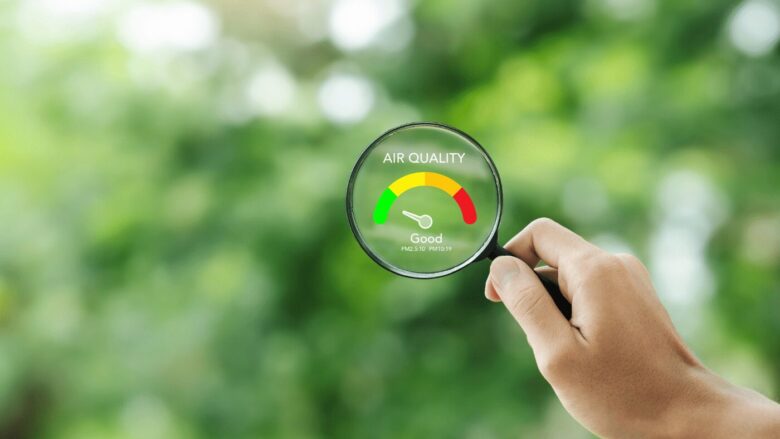
Air pollution is easy to forget until eyes sting from smog. A system that measures hazardous substances and informs the public can spark awareness.
Network of Sensors
- Deployment in multiple locations to gather data about particulate matter and gasses.
- Possibly a mobile unit mounted on vehicles for city-wide mapping.
Visual Reporting
- Real-time dashboards indicating areas with better or worse conditions.
- Historical trends that highlight pollution spikes around certain events or seasons.
Community Alerts
- Warnings on days with a heavy presence of irritants, giving residents an incentive to stay indoors.
- Potential collaboration with local news outlets or environmental agencies.
Summary
An academic portfolio rarely shines on the strength of lecture notes alone. Original ideas with practical or humanitarian angles can demonstrate a mind that thrives on creativity and real-world impact.
Employers or graduate committees love to see practical evidence of problem-solving. Add a hint of flair or humor, and the entire package can become something worth showing off rather than burying in an obscure digital folder.
